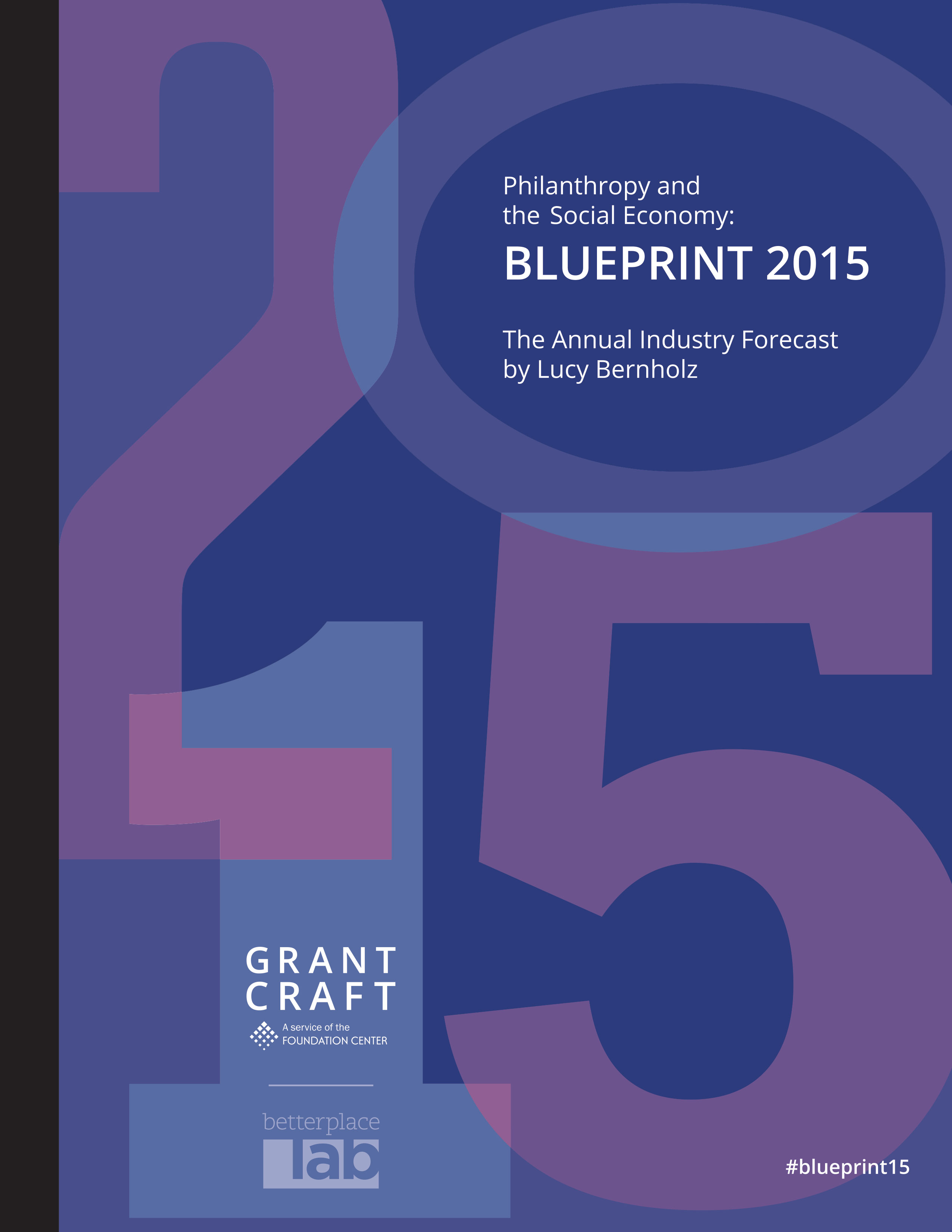Identify a Corporate Interest
The challenge in these latter, more complex cases is to identify a strategic interest of the company that the prospective relationship might satisfy. Sometimes a community needs goods or services that the company provides, but the company has been unsuccessful at doing business there — perhaps because the company lacks knowledge of the community or has underestimated the potential market.
To help residents of disadvantaged communities get home mortgages, for example, one grantmaker supports work by nonprofits that function “like a sensory apparatus for lenders. They go into areas that lenders do not have a history of serving, and they help determine who are the people who are really mortgage-ready out of this community. Often they do the marketing and find the customers. They train them to be better borrowers. They get all their materials ready and then hand the customers off to the for-profit market.” At that point, banks can make mortgage loans that they would not otherwise have made; they may even be willing to issue unconventional mortgages, based a nonprofit’s advance work. As a result, the lender has a new customer, and the grantmaker’s philanthropic purpose has been advanced.
In another case, a small foundation helped several community arts organizations develop more effective appeals for corporate sponsorships. The arts institutions had assets that companies might be happy to sponsor — coffee bars, rehearsal or gallery space, special events — but the arts groups didn’t know how to present those opportunities to local businesses. When their efforts succeeded, the businesses not only made donations but became more attached to the missions of the organizations and were more likely to make future contributions. “Corporations,” said one of the arts grantees, usually “want visibility we can’t give them – we’re not a major art museum or orchestra. . . . But with [the foundation’s] help, we discovered that one exception to that rule is companies whose products we use or sell on a regular basis,” such as publishers, refreshment companies, or companies that produce or distribute artistic work. The result of seeking support from those companies, the grantee says, has been the growth of a small but close-knit group of corporate sponsors that now proudly support the organization and whose employees regularly attend its events.
Takeaways are critical, bite-sized resources either excerpted from our guides or written by Candid Learning for Funders using the guide's research data or themes post-publication. Attribution is given if the takeaway is a quotation.
This takeaway was derived from Working with the Business Sector.

